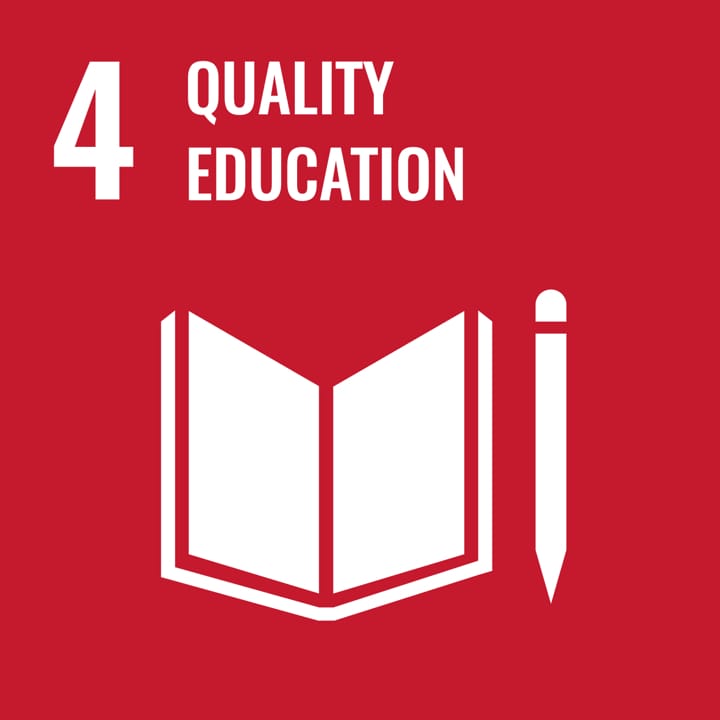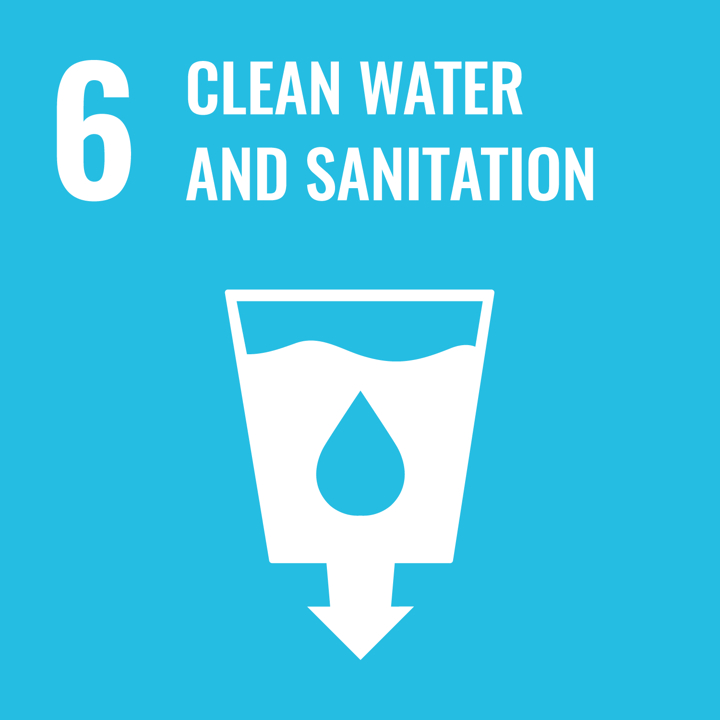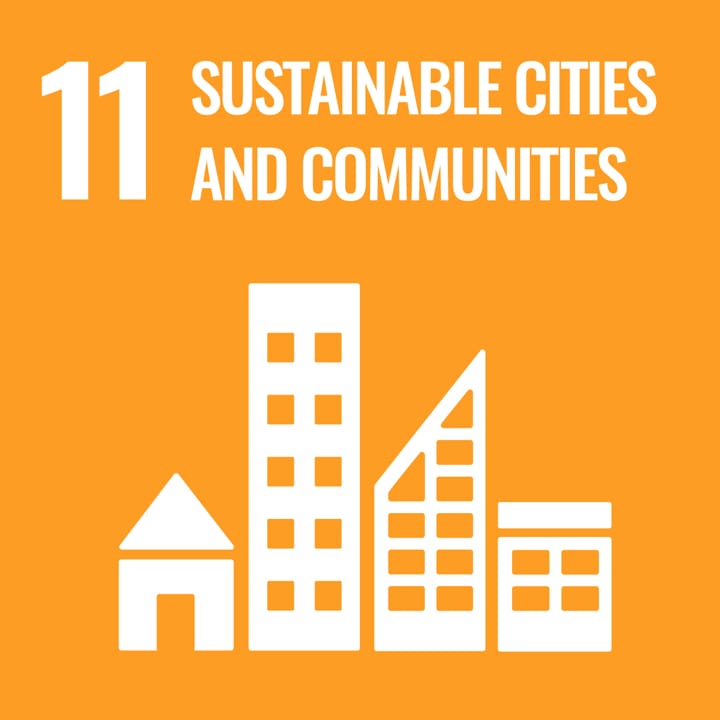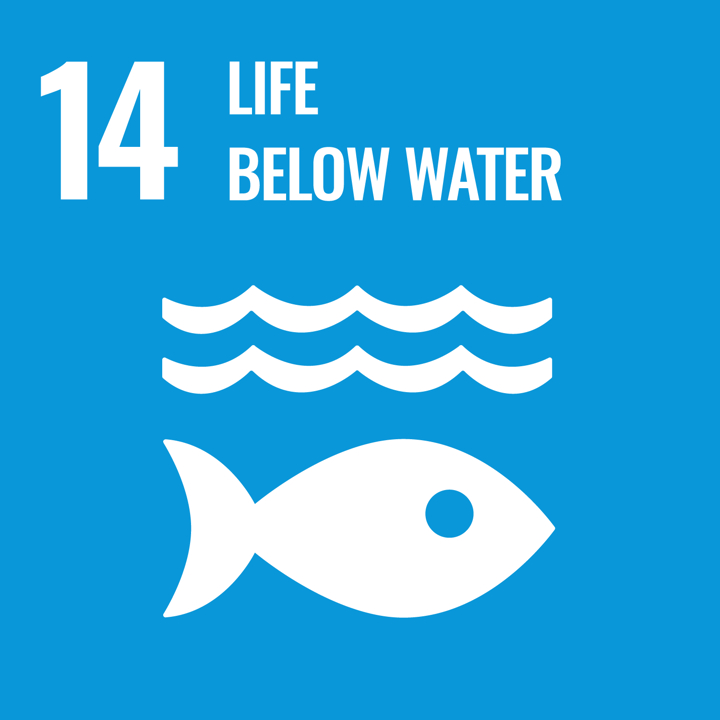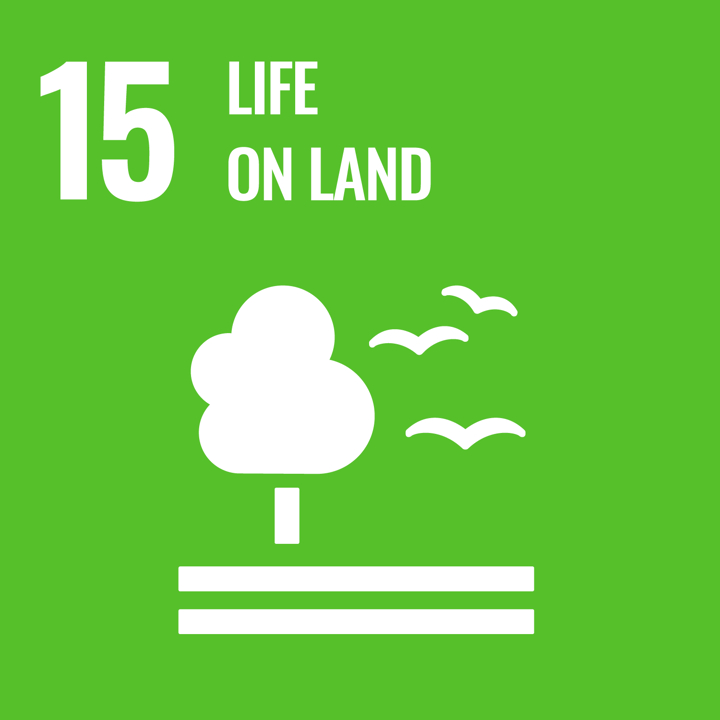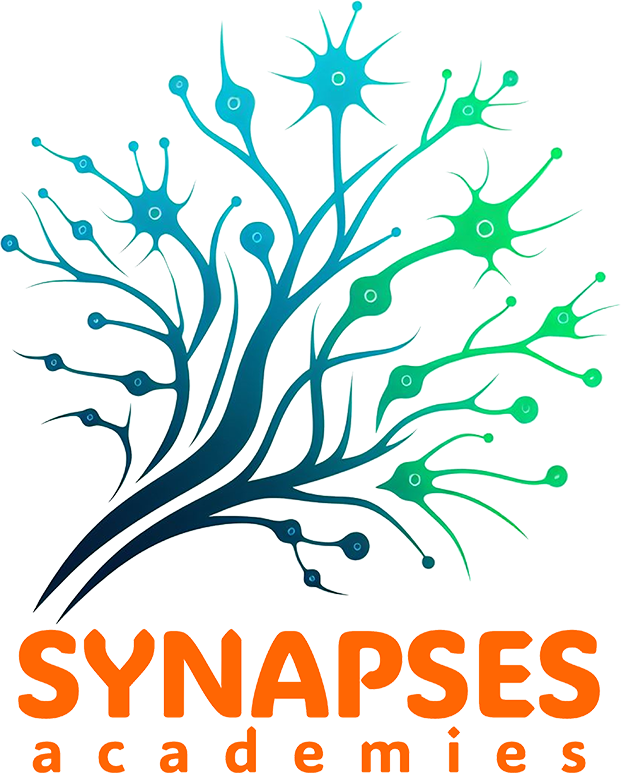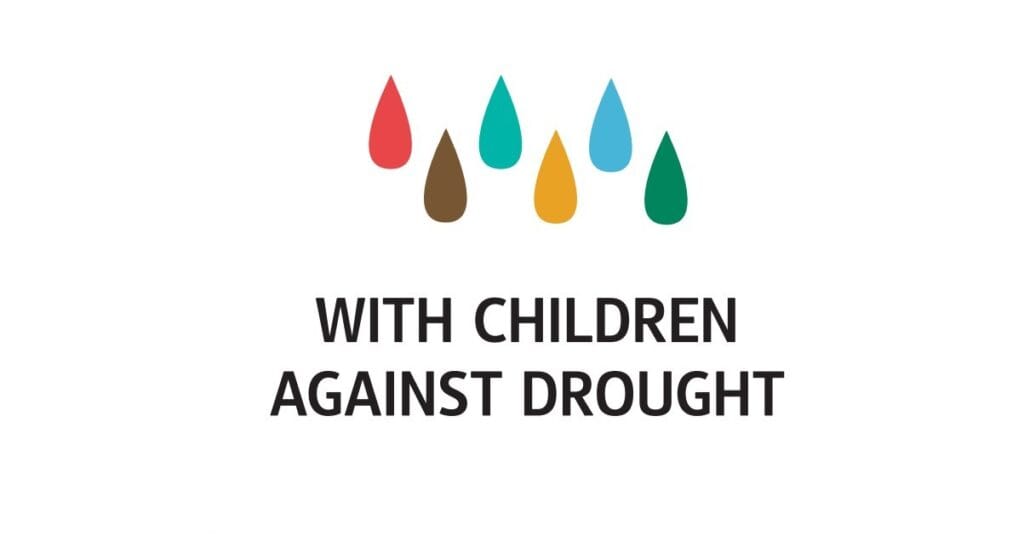
Vorgesehener Endnutzer: Lehrer
Altersgruppe: Oberstufe
Lehrplan der Schule: Wissenschaft; Sozial-, Sport- und Gesundheitserziehung; Sozial- und Umweltwissenschaften
Themen und Fragestellungen: Behaviour & Lifestyle; Environmental Change; Food and Agriculture; Citizenship
Dauer: 1 year (regular projects)
Art der Ressource: Experiment, Guidelines & Notes, Lesson Plans, Project, Reference Document
Schlüsselwörter: Active Methodologies, Water, Climate Change, Student-Centred Learning
Sprachen: Englisch, Tschechisch
Beschreibung
The main idea of the With Children Against Drought methodology is to return water to the landscape, especially through the revitalisation of streams, floodplains and wetlands. The activities in the methodology guide span all areas of education, develop many key competencies and lead the pupils towards active citizenship. The target group of this methodology are first-grade primary school pupils, i.e. children from approximately 6 to 11 years of age.
The guide is divided into six chapters. In each chapter, you will find a brief description of the activity, a well-arranged list of activities, their goal, description and space for reflection. Supporting activities are highlighted in colour. There are print-ready attachments below each activity. The work sheets can be found at the end of the methodology. Individual thematic chapters are distinguished by colour.
The chapter Climate Change focuses on understanding climate change and the underlying context. The chapters Water and Me, Forest, Soil, and Water in the Landscape are aimed at exploring the individual areas described by their titles. The chapter Landscape and I guides us as we try to understand the landscape around us, learn how to orient in it, recognize what is right, which human actions disturb the balance in the landscape and what we can do about it.
It is recommended that activities be incorporated throughout the school year, preferably in the form of regular project days.
Wie Sie diese Ressource nutzen können
The With Children Against Drought Methodology Guidelines provide a series of themed educational activities through which students can learn about the importance of water in our local environments. This starts with their own relationship with water, building through water in different environments.
The resource provides a series of adaptable education activities that teachers can apply in their own classrooms, providing good practice examples of place-based environmentally and citizenship-focused active methodologies.
The resource is suitable for teachers to collaboratively synthesise to produce their own educational exercises and lesson plans for students in their own classrooms and local context.
Die Ressourcen
With Children Against Drought PDF:
The Introductory Video with English subtitles provides the rationale for the methodology and approach of With Children Against Drought:
Links to the With Children Against Drought Teacher Guide are provided below. Each themed section of the teacher guide is linked separately for ease of download:
The accompanying worksheets for With Children Against Drought can be found here:
Lernergebnisse
- Abfrage des Vorwissens und Weiterentwicklung von Wissen und Verständnis von Schlüsselkonzepten der nachhaltigen Bürgerschaft, wobei etablierte Weltanschauungen und Werte in Frage gestellt werden.
- Anwendung einer Reihe von geeigneten Instrumenten und Rahmenwerken zur Förderung des bürgerschaftlichen Engagements von Studierenden im Bereich Nachhaltigkeit
- das Wissen, die Instrumente und den Rahmen gemeinsam zu synthetisieren, um Bildungsmaterialien und Unterrichtspläne zu erstellen, die an ihren eigenen lokalen Kontext angepasst sind
Grüne Kompetenzen
- Nachhaltige Werte verkörpern: Wertschätzung der Nachhaltigkeit; Förderung der Natur
- Komplexität in der Nachhaltigkeit berücksichtigen: Systemdenken; Problemstellung
- Visionen für eine nachhaltige Zukunft: Anpassungsfähigkeit; forschendes Denken
- Handeln für Nachhaltigkeit: Kollektives Handeln; individuelle Initiative
Creative Commons
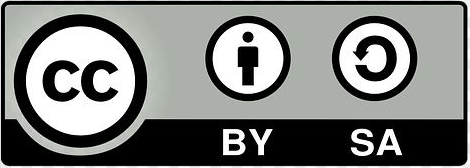
The ‘With Children Against Drought’ resource was created by the partners of the ‘Together with Children Against Drought’ project, which was funded through the EEA and Norway Grants. The resource is reproduced here with permission from the project partners. More information about the ‘Together with Children Against Drought’ project partners and funding is available hier. An overview of the project resources can be found on the Elementary School Prameny’s website.
SDGs
